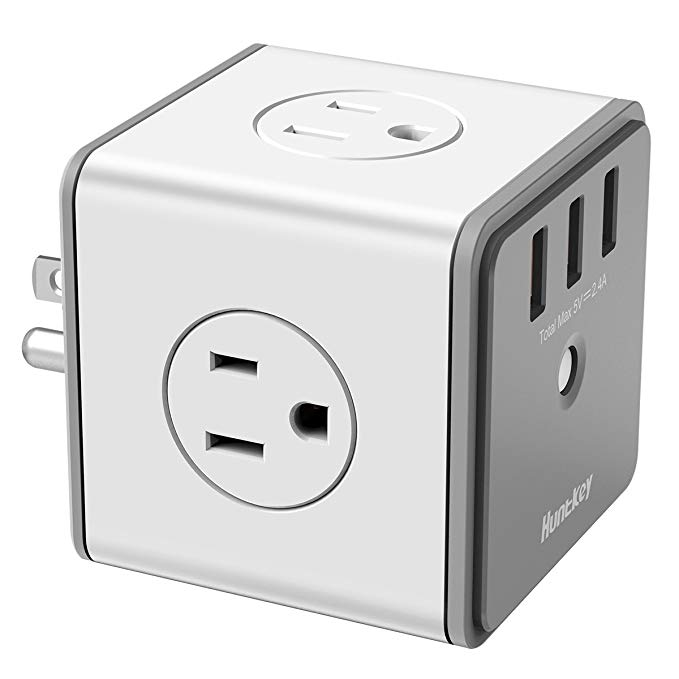A customer who had just purchased a new laptop from me a few weeks ago, called me and told me that laptop was dead. He had used it in the morning but in the afternoon, nothing – no lights, no sounds, no image on the screen.
I immediately suspected that the unit was not charging and had run the battery down. I asked him to plug the computer’s electric supply into a different outlet. He did and still nothing changed.
I picked up the laptop and when I got it to the shop, I discovered that the power supply unit was defective. As soon as I plugged the laptop into a new power supply, it came on and immediately started to charge the battery, which was indeed fully drained. After some investigation, it appeared that the original unit was knocked out by a power surge.
I know the power companies don’t like to admit that their power goes up and down and can sometimes surge but electric power does do that. Electronic equipment is often pretty sensitive to power dips and spikes (surges) and major damage can result. Computers can have their power supplies knocked out (like in my example above) and even the motherboard can get fried. For what laptops cost, plugging one in without surge protection just isn’t worth the chance.
I must admit that I’ve been a bit lax in emphasizing the importance of protecting laptops from surges. I always tell people with desktop computers that they need to have a UPS (uninterruptible power supply) with surge protection and battery backup. However, I often forget to mention that laptops need surge protection, also.
In our shop, all of our laptops plug into surge protectors when they are not running on battery only. If you own a laptop, no matter whose brand, you should be using a surge protector.
One of the problems I anticipate someone mentioning is that you can’t carry a surge protector strip to the airport or McDonald’s. I get it. You’re in the airport waiting for your flight and you want to charge your laptop using the free airport electric. Obviously, you can’t go carrying around some big power strip with a long wire. What a pain that would be!
Pictured above is the perfect solution. It’s a compact surge protector with 4 outlets and 3 USB ports. (You can use them to safely charge your phone or tablet, too!) I just ordered one for myself. If you’re not protecting your laptop with a surge protector, I’d suggest you click on the picture above and order one (or more) today.
One last thought: in my example above, the laptop was only about a week old so it was under warranty, right? Guess what! Most computer and other electronic warranties don’t cover electrical surge protection. (In some cases, you can purchase an extended warranty which will cover surges but most of them are in effect only if the equipment is plugged into a surge protector.) Of course, for my customer, I replaced the power supply at no charge but I won’t be reimbursed by the manufacturer. Sometimes, you do those kinds of things to keep your customer happy.
Note: we’re Amazon affiliates. If you click and purchase the surge protector above, we’ll make two bits or so. Still, we’re not recommending it for that reason. We’re recommending it because, if you own a laptop, tablet or smartphone, you should have one!

